Vistara became India’s first carrier to operate a wide-body aircraft using sustainable aviation fuel (SAF) on a long-haul route. Vistara is a joint venture between Tata group and Singapore Airlines.The flight was between Charleston International Airport, South Carolina to Indira Gandhi International Airport, Delhi, and was operated in partnership with The Boeing Company and GE Aerospace, on Vistara’s newest GEnx-powered Boeing 787-9 Dreamliner aircraft, the fourth in its fleet, it said on Thursday in a release.“This is an important milestone in our commitment towards achieving carbon neutrality. We thank our partners, Boeing and GE Aerospace, for their support and hope that initiatives such as this, open up more avenues for the industry to increasingly adopt sustainable technologies. Since the very beginning, Vistara had decided to invest in modern and advanced new aircraft with fuel-efficient engines, and we remain committed to reducing carbon emissions across all areas of our operations.
"Vinod Kannan, CEO, VistaraBy using a blend of 30% such sustainable aviation fuel with 70 conventional jet fuel, Vistara claimed it was able to reduce approximately 150,000 pounds of CO2 emissions over the fuel’s life cycle.https://twitter.com/airvistara/status/1641412421280751616Sustainable Aviation Fuel (SAF) is a cleaner and more sustainable alternative to conventional jet fuel, lowering carbon emissions by up to 80% over the fuel’s life cycle, depending on the feedstock.“We congratulate Vistara on the significant achievement of becoming the first Indian airline to operate a wide-body aircraft, the Boeing 787-9, on a long-haul route using SAF. This is a major milestone in the Indian aviation industry’s journey towards decarbonization, and we are proud to have been a partner in this endeavour. Boeing remains committed to working with Vistara and other partners to promote the use of SAF in the Indian aviation industry and around the world, in support of our collective goal of achieving a sustainable future for air travel.”Salil Gupte, President, Boeing IndiaThe International Civil Aviation Organization's (ICAO) responsibilities under the CORSIA, or Carbon Offsetting and Reduction Scheme for International Aviation, a carbon offset and reduction programme, will also require the Indian aviation industry to implement SAF.Except for airlines from the least developed countries, small island developing countries, and landlocked countries, as well as those whose combined carbon dioxide emissions per revenue tonne-kilometre are less than 0.5% of the total global contribution, the offsetting requirement for the majority of aircraft operators, including Indian airlines for international operations, will become mandatory from 2027 on.“GE Aerospace congratulates Vistara on this milestone. The GEnx engine, like all GE Aerospace engines, can operate on approved SAF blends today. Compatibility with existing aircraft engines is one of the reasons SAF is critical to helping the aviation industry reach its goal to be net zero by 2050 and collaborations like this encouraging greater adoption of SAF globally helps bring us closer to this target.
The GEnx is also up to 15% more fuel efficient than its predecessor, helping reduce fuel consumption and CO2 emissions in flight in addition to the benefits of SAF.”Vikram Rai, Country Head, South Asia and Indonesia, GE AerospaceSustainable Aviation Fuel (SAF) is a cleaner and more sustainable alternative to conventional jet fuel, lowering carbon emissions by up to 80% over the fuel’s life cycle, depending on the feedstock. Vistara is constantly looking at improved ways to do business, keeping sustainability at the heart of those innovations and this ferry flight on SAF, another industry-first initiative in India, is a testament to that.In a separate release, GE Aerospace said the GEnx engine is a high-thrust jet engine developed for the 787 Dreamliner and 747-8 aircraft. GE Aerospace has been actively involved in assessing and qualifying SAF since 2007. It is working closely with producers, regulators and operators to help ensure SAF can be widely adopted for use in aviation.Vistara operates its first Boeing B787 long-haul flight on SAFSAF can be made from plant-based material, fats, oils and greases, alcohols, waste streams, captured CO2, and other alternative feedstocks. The use of alternative feedstocks and processes reduces lifecycle CO2 emissions from how SAF is made compared to fossil-based fuels.India has made slow but steady progress towards increasing the sustainability of the aviation industry. Other instances of Indian airlines using SAF to operate flights include a SpiceJet flight in 2018 and an IndiGo delivery flight. Yet, the nation is currently working towards integrating SAF into the routine operation of flights.To cooperate and work on the research, development, and deployment of SAF, three airlines affiliated with the Tata Group—Air India, AirAsia India, and Vistara—signed a Memorandum of Understanding (MoU) with the Council of Scientific and Industrial Research—Indian Institute of Petroleum in September 2022.
Read next
Air India will provide 26 weeks of maternity leave to women employees as well as daycare support under its revamped policies. Besides, the airline will give women pilots the choice to opt for quicker turnaround flights till the child reaches the age of one year. The option will be subject to request and availability, according to internal communication. The revised policies, to be effective from April 1, are part of the carrier’s 'MOMS – Returning Mothers Programme'. MOMS refers to 'Making Our Mothers Soar'. Women employees will get maternity leave for 26 weeks, including for commissioning and adopting mothers, as per the communication. Currently, the maternity leave is for 12 weeks. A commissioning mother refers to one who commissions a surrogate mother to bear a child on her behalf while adopting mother is one who legally adopts a child. Air India upgrades policies for women employees Under the programme, a woman employee can avail of nutrition guidance and daycare facility on a co-pay model. There will also be counselling sessions to "address mental well-being, preparation for childbirth and plans to return to work for expectant mothers", the communication said. ALSO READ - Air India Group operates 90 All-Women Crew flights Air India, which was taken over by Tata Group in January last year, has more than 5,000 women employees, including flying and non-flying staff. This accounts for around 40% of the total headcount of nearly 11,000 people. Across all airlines in India, there are about 12.4% of female pilots. Despite being far lower than in other sectors, this still places India as the nation with the greatest proportion of female pilots globally. Some airlines in India are devising policies to retain female talent. IndiGo, India’s largest passenger airline, said it offers flexibility to women pilots and crew to continue working safely, excluding flying duties, during pregnancy. It gives 26 weeks of paid maternity leave that is required under law and also offers creches for childcare. Women pilots can opt for a flexible contract with two weeks’ leave in a calendar month until a child is 5 years old. Vistara offers pregnant pilots and cabin crew the option of temporary jobs on the ground or administrative roles until they are ready to fly, according to a spokesperson. It also gives paid maternity leave for six months and reimburses creche fees.
Read next
Haryana Deputy Chief Minister Dushyant Chautala on Thursday, March 30 said the Maharaja Agrasen Hisar Airport will be made operational by November 1. Under the regional connectivity scheme, air service will be started from Hisar on nine routes to different states.
After the completion of various works, passengers will be able to travel on these routes, he said in Hisar. Chautala said personnel from Air India will come for an inspection of the upcoming Hisar airport in connection with starting flying training operations from there. If the flying training operations start after an inspection in Hisar, then Air India alone will give training to about 200 pilots. He said three other companies are also in the race to start flying training operations in Hisar, for which an open tender will be floated soon.
Nine routes for the interstate air service will launch from Hisar as part of the Regional Connectivity Program. Passengers will be permitted to fly on 48-seater aircraft once several tasks are finished.
Hisar Airport is set to be functional by November 1
Giving information about various works going on at the airport, the deputy chief minister said the work on the boundary wall of the airport would be completed in May. "In terms of security, watch towers have been set up according to international standards. The work on the taxiway at the airport is almost complete. Advanced lighting systems have arrived and will be installed from next month," he said.
He said the capacity of the airport terminal would be increased to 55 from 30 people. Besides, the process of tender for the building of the new terminal will start soon. Arrangements are also being made given hijacks and other emergencies.
Hisar Airport, officially known as Maharaja Agrasen International Airport exists as a domestic airport presently under upgrade by 30 March 2024, is a DGCA-licensed public airport. It is located 5 kilometres (3.1 mi) northeast of the city center on NH-9.
The airport is under expansion and upgrade to an international airport, MRO, aerospace university, aerospace and defence manufacturing industrial zone, logistics and food parks, etc. spread across 10,000 acres (4,000 ha). In 2021, the total cost of the planned upgrade in 3 phases, including the actual spend and future approved allocations, is nearly INR 5,200 crore or USD 700 million.
Hisar airport is 165 kilometres west of the national capital's IGI Delhi Airport and 280 kilometres southwest of the state capital's Chandigarh International Airport.
Read next
SpiceJetChairman & Managing Director Ajay Singh has assumed charge as the President Assocham, replacing Renew Power MD Sumant Sinha after the completion of his tenure.
Sanjay Nayar, founder and Chairman of Sorin Investment Fund is the new Senior Vice-President of Assocham, the industry body said in a release on Wednesday.
SpiceJet CMD Ajay Singh takes over as Assocham President.
"I am taking over at times which are both exciting and challenging. As an economy, India stands out as a robust economy in the midst of global headwinds. Even when major economies of the world are facing the threat of recession, the Indian economy is growing between 6.5-7 per cent."
Mr. Singh said.
He emphasised that the chamber would stay engaged with the government, Centre and states, leading academicians, economists besides corporate leaders to find solutions to the issues, which may crop up in a fast-changing global economic and political landscape.
Mr. Singh studied at the Indian Institute of Technology – Delhi, where he received a degree in engineering, and got his Master's degree in Business Administration from Cornell University in the U.S. He also holds a Bachelor's degree in Law (LLB) from the Law Faculty, University of Delhi.
Read next
Boeing's first astronaut flight to space has been delayed until July, marking yet another setback for the aerospace giant's efforts to catch up with Elon Musk's SpaceX in the race for space tourism.
Originally scheduled for 2019, the Boeing Starliner spacecraft has faced numerous technical issues and delays, including a failed test flight in 2019 that was marred by software glitches and communication problems. The spacecraft was scheduled for its second test flight in March 2021, but that too was postponed due to ongoing technical issues.
The latest delay comes as a result of a problem with the spacecraft's propulsion system, which caused the launch to be delayed until at least July. Boeing says that it needs additional time to complete the necessary testing and analysis before it can proceed with the launch.
Boeing’s Starliner launch delayed again.
Despite the delays, Boeing remains committed to its goal of sending tourists into space aboard the Starliner spacecraft. The company has already signed up several customers for future flights, including NASA astronauts, and hopes to launch its first commercial mission as soon as possible.
However, the delays have raised questions about Boeing's ability to compete with SpaceX, which has already successfully launched several manned missions to the International Space Station (ISS) and has plans for further space tourism flights.
Boeing's delays have also come at a time when the company is facing numerous other challenges, including ongoing investigations into the two fatal crashes of its 737 MAX aircraft, as well as the impact of the COVID-19 pandemic on the aerospace industry as a whole.
Boeing's delays have also come at a time when the company is facing numerous other challenges, including ongoing investigations into the two fatal crashes of its 737 MAX aircraft.
Despite these challenges, Boeing remains optimistic about the future of space tourism and its ability to compete with SpaceX. In a recent statement, the company said that it remains "committed to the safety and quality of our spacecraft, our customers, and the broader community" and that it is "working diligently to ensure the Starliner spacecraft is ready for its next flight."
Overall, while the delay of Boeing's first astronaut flight to space is certainly disappointing for the company and its customers, it is also a reminder of the many technical and logistical challenges that come with space travel. As the race for space tourism heats up, it will be interesting to see how Boeing and SpaceX continue to compete and innovate in this rapidly evolving field.
Read next
Air India has raised INR 14,000 crore from the State Bank of India (SBI) and Bank of Baroda (BoB) through a mix of refinancing of old loans and fresh loans, a report by Mint stated quoting people aware of the development.
INR 1,500 crore has been obtained through the Emergency Credit Line Guarantee Scheme (ECLGS), and INR 12,500 crore through the refinancing of existing loans. The ECLGS was first introduced during the Covid-19 pandemic to help small businesses but was later expanded to other sectors.
ALSO READ - Air India plans to borrow INR 18,000 crore from SBI and Bank of Baroda to refinance debt
The Mint report stated that the funds would be used by the airline to expand in domestic as well as international markets with leased aircraft and new planes. As a part of the plan, the airline has announced plans to induct more aircraft, including a recent order of 470 aircraft from Boeing and Airbus.
ALSO READ - From A350s to B777Xs, Air India finalizes the Historic 470 Aircraft deal with Airbus & Boeing
Air India acquires INR 14,000 crore loan from SBI & Bank of Baroda
In FY22, the airline's total debt stood at INR 15,317 crore, significantly lower than INR 45,037 crore in FY21. The Tata Group took over Air India in January last year. For this, Tata paid INR 2,700 crore in cash, taking over INR 15,300 crore in debt.
ALSO READ - Air India posts profit for the first time in several years
"Bankers are more than willing to lend to the Tata Group. Given that there are very few large corporates looking for bank loans, lenders are eager to lap up such proposals," a person aware of the matter told Mint.
The report further added that the loans are benchmarked to SBI's six-month marginal cost of funds-based lending rate (MCLR) and are priced 50 basis points (bps) above it. Currently, SBI's MCLR stands at 8.4%.
The report said a part of the borrowing was also likely to be used to fund the payout for the voluntary retirement scheme (VRA), which is likely to cost over INR 200 crore. The new round has been offered to all permanent general cadre officers who are at least 40 years and have completed at least five years of continuous service at Air India.
The loans from SBI and BoB are benchmarked to State Bank of India's six-month marginal cost of funds-based lending rate (MCLR) and are priced 50 basis points (bps) above it, the report said.
ALSO RAED - Air India to get fleet insurance from top insurance companies
(With Inputs from Mint)

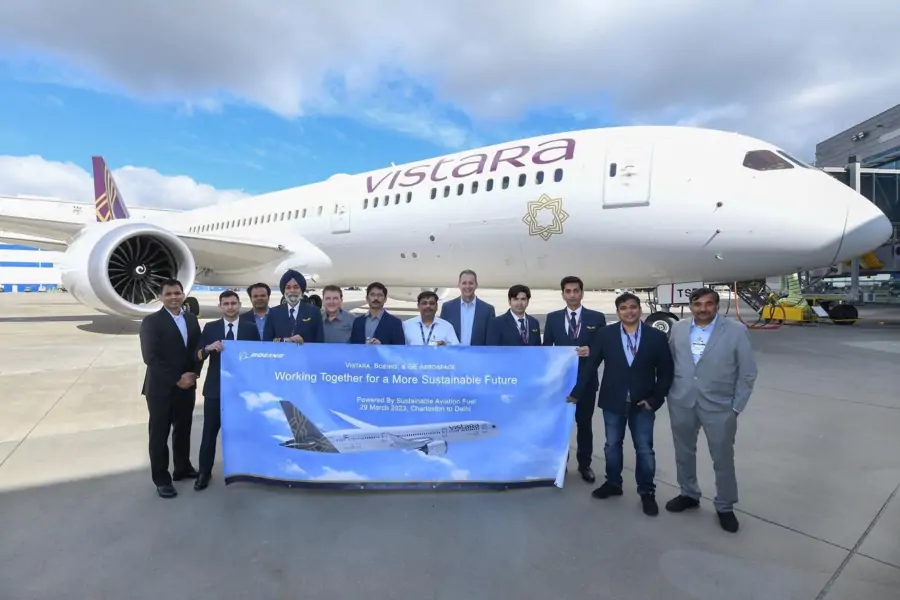
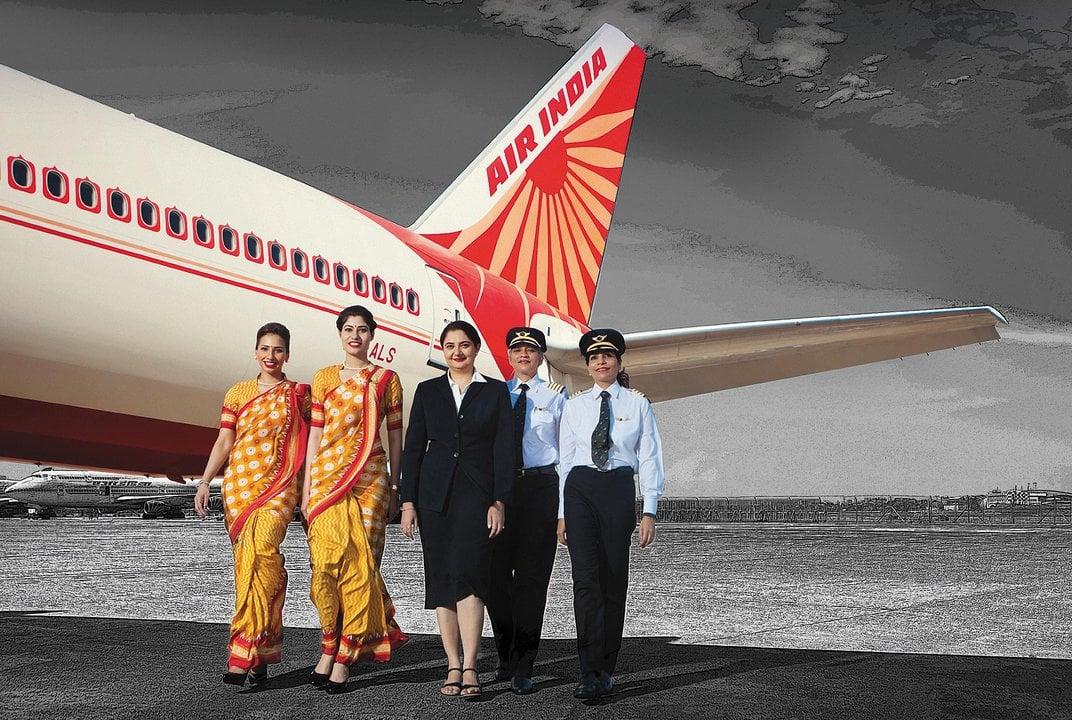
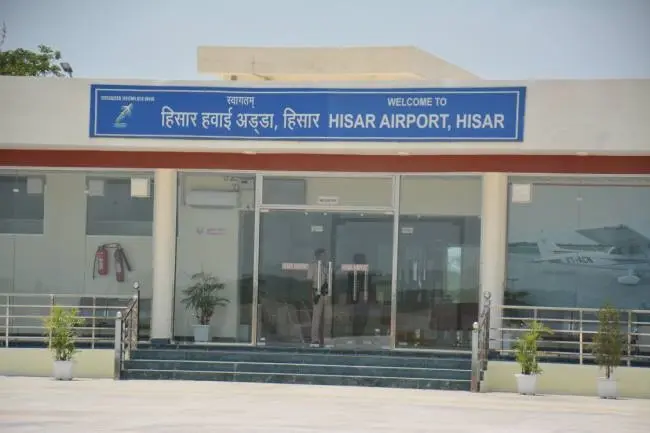

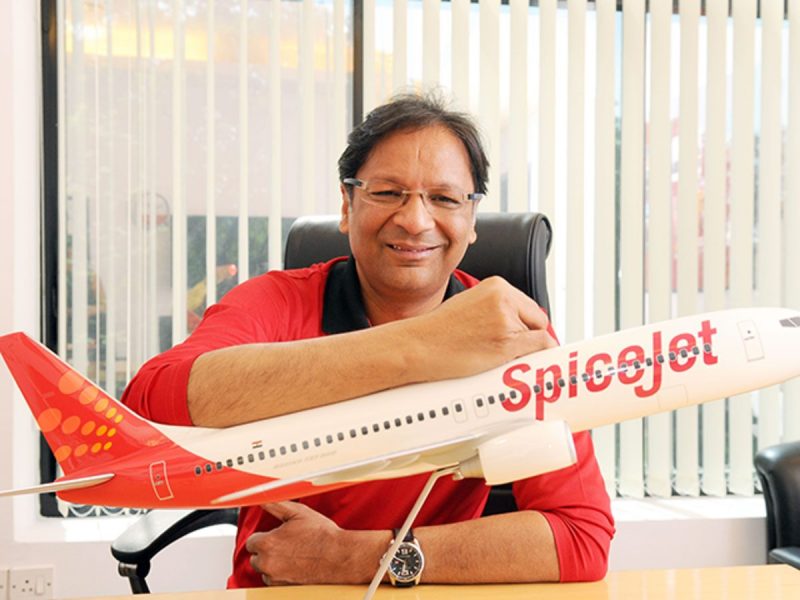
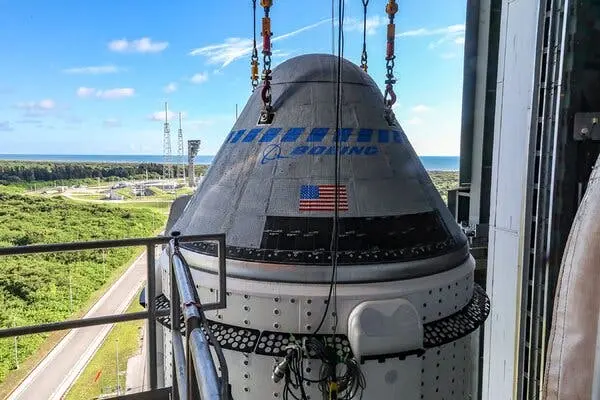
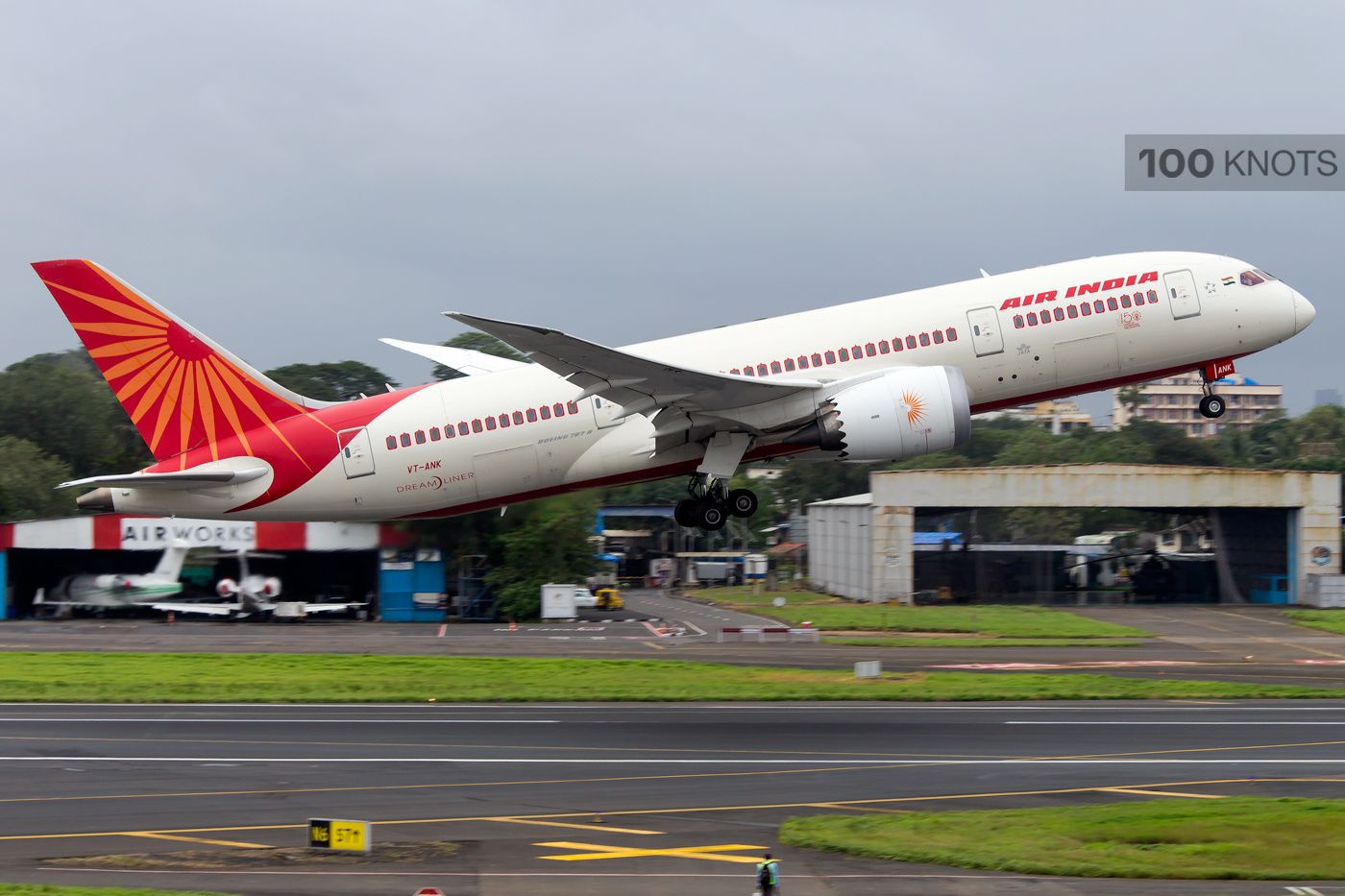
Comment